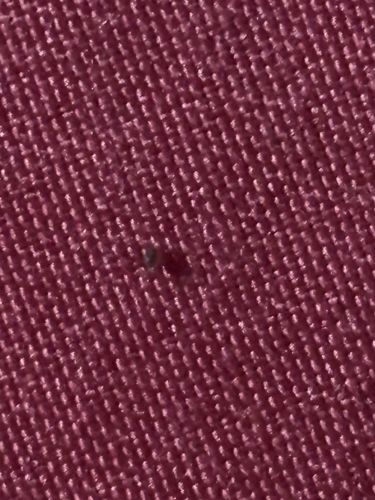Fungus Gnat
Scientific Name: Various genera including Bradysia, Sciara, Orfelia
Order & Family: Order: Diptera, Family: Sciaridae or Mycetophilidae
Size: 1.5 to 3 mm (0.06 to 0.12 inches)

Natural Habitat
Moist soil of houseplants, greenhouses, gardens, and other areas with decaying organic matter and high humidity.
Diet & Feeding
Adult fungus gnats do not eat and primarily focus on reproduction. Their larvae feed on fungi, decaying plant matter, and sometimes root hairs of plants, especially in moist soil.
Behavior Patterns
Fungus gnats are typically attracted to moist environments and decaying organic matter. Adults are not strong fliers and often appear to "jump" or hover around plants. The larvae live in the soil and feed on fungi and decaying plant material.
Risks & Benefits
Potential Risks: Fungus gnat larvae can damage the roots of seedlings and young plants, leading to stunted growth or wilting. Large infestations can be problematic for potted plants. They are generally not harmful to humans directly, though large numbers can be a nuisance. Potential Benefits: In some ecosystems, they can assist in the decomposition of organic matter.
Identified on: 9/1/2025